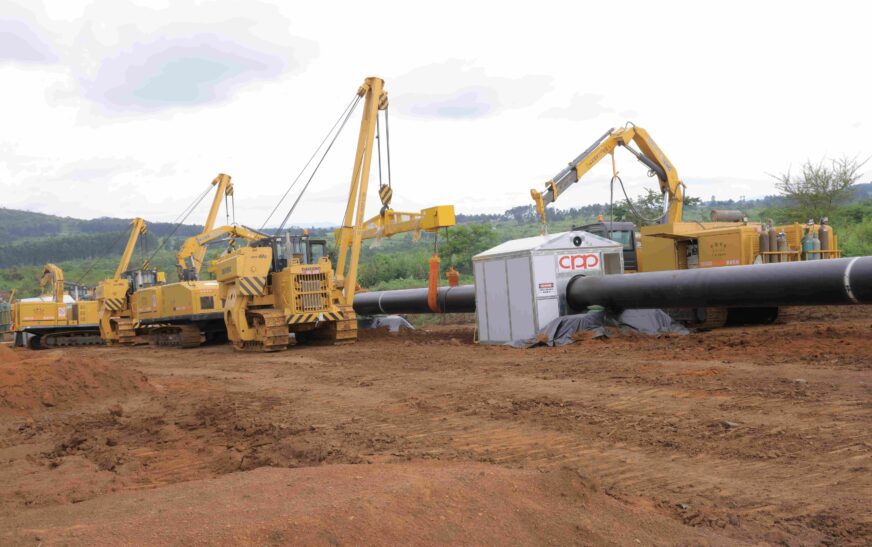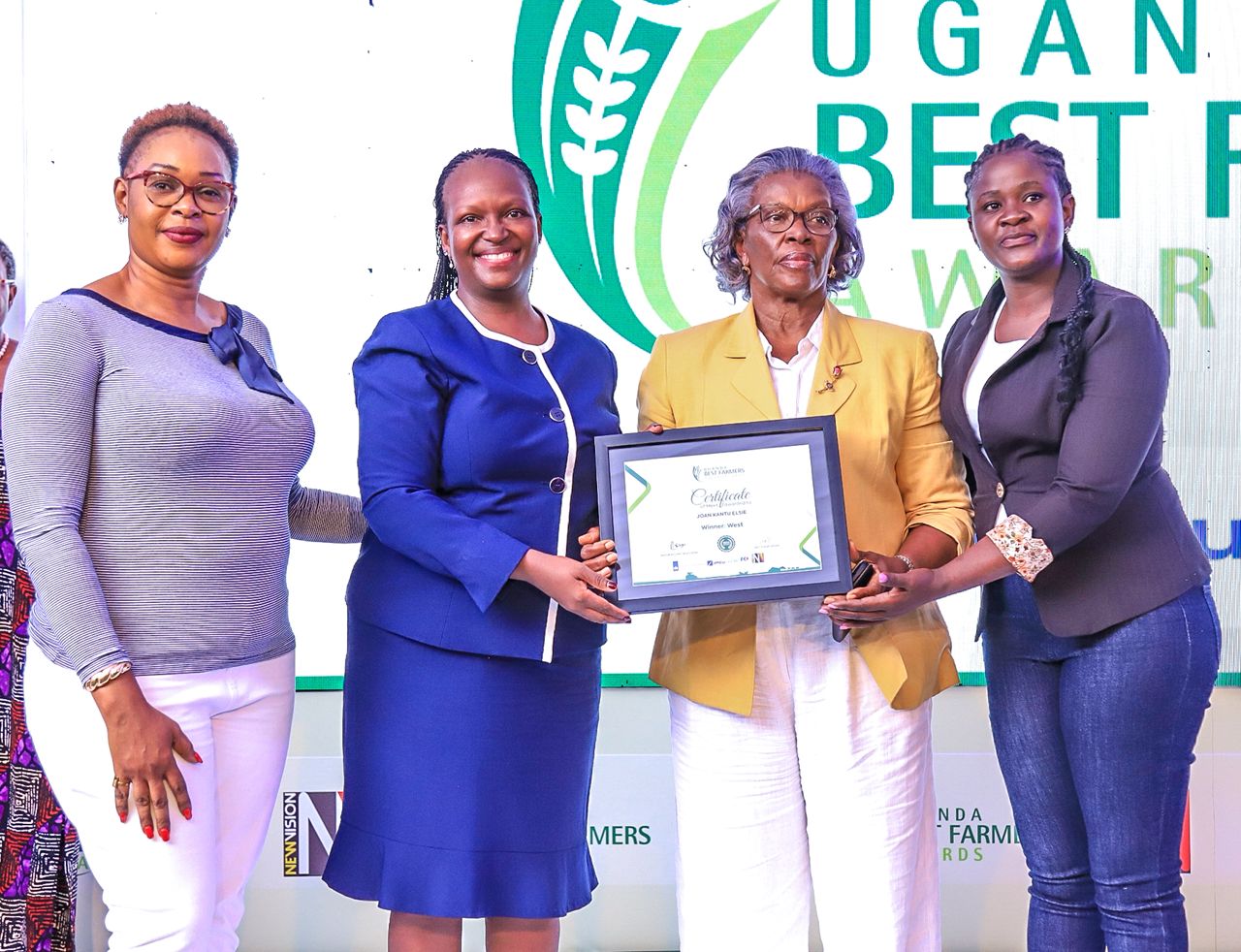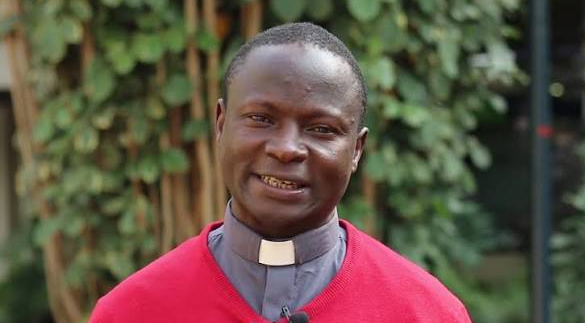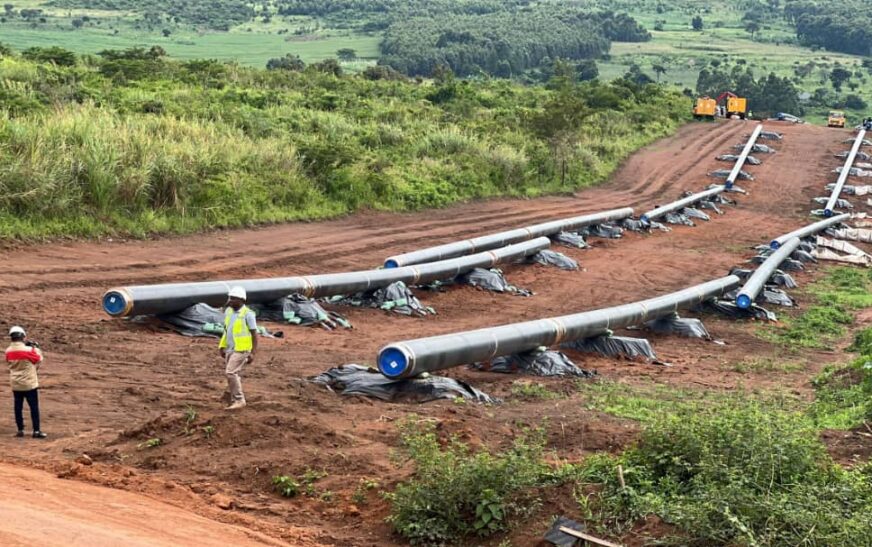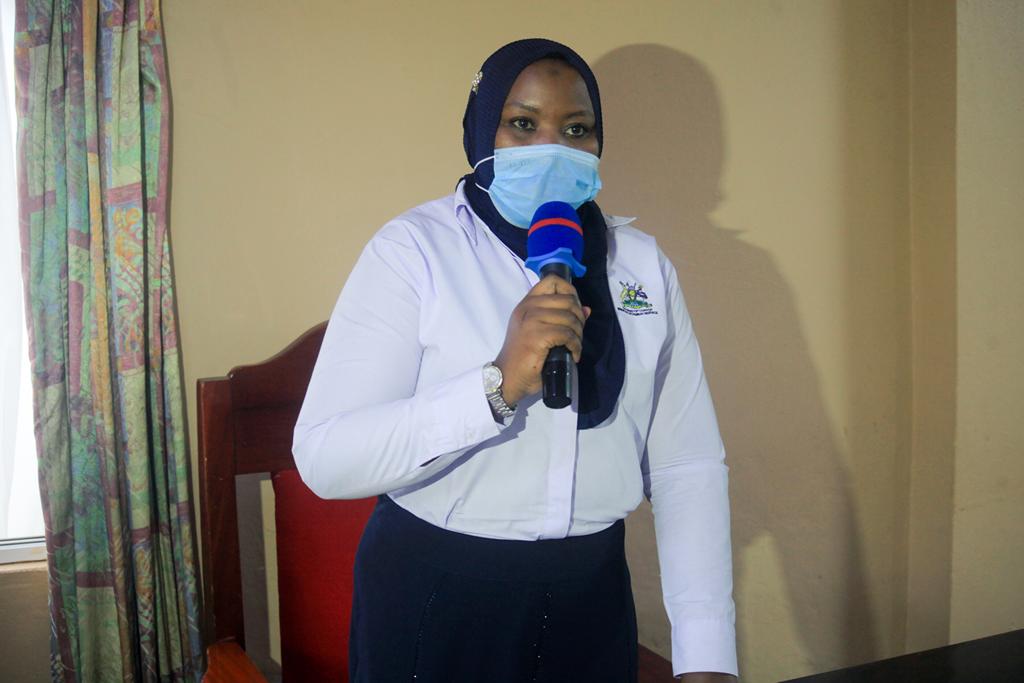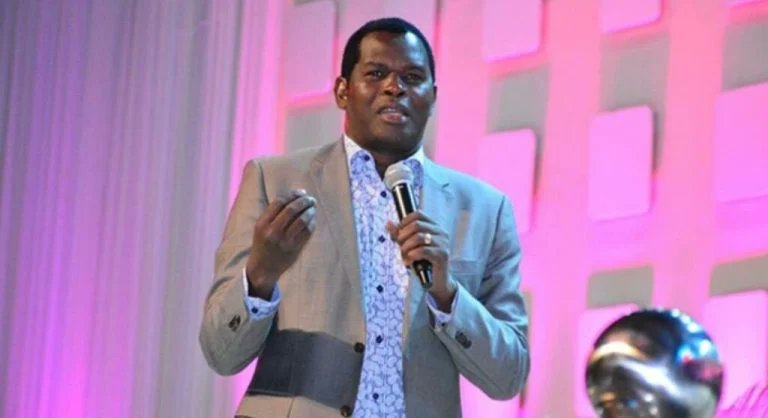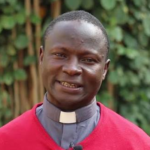The company behind Uganda’s East African crude pipeline (EACOP) has secured its first tranche of external financing from a consortium of institutions, including commercial banks and Afreximbank, EACOP Ltd announced on Wednesday.
EACOP is a key component of a broader $15 billion (Shs 18.3 trillion) energy initiative led by TotalEnergies, China’s CNOOC, and other partners to develop the Kingfisher and Tilenga oil discoveries near Lake Albert.
In October, Uganda’s Energy Minister stated that developers of the $5 billion East African Crude Oil Pipeline (EACOP) were injecting additional funds to keep the project on track amid difficulties in securing debt financing.
EACOP, designed to transport crude oil from Uganda’s Lake Albert reserves to Tanzania’s Tanga port, has faced strong opposition from environmentalists and international advocacy groups.
Critics argue that the project poses significant environmental risks and could lead to the displacement of local communities.
Uganda turns to China
Due to these concerns, six Western banks, including BNP Paribas, Société Générale, and Barclays, declined to finance the project, according to Sputnik.
In response, Uganda’s Minister of Energy and Mineral Development, Ruth Nankabirwa, travelled to Beijing to engage with potential Chinese financiers, who are considered crucial to the project’s success.
A source familiar with the financing arrangement confirmed that funding commitments are now secured for the full $5 billion, with substantial backing from Chinese institutions.
The East African Crude Oil Pipeline is a crude oil export infrastructure that will transport Uganda’s crude oil from Kabaale – Hoima in Uganda to the Chongoleani peninsula near Tanga in Tanzania for export to the
international market.
Upon completion, it will have the capacity to transport 246,000 barrels of crude oil per day. This major export system includes 1,443 km (296 km in Uganda and 1,147 km in Tanzania) of insulated and buried 24-inch pipeline, six pumping stations, two pressure reduction stations and a marine export terminal in Tanzania (with a 3 MWp solar plant), all along connected to national primarily hydro- based grids for power supply. The project is committed to the highest Environment and Social standards such as those of the International Finance Corporation and the Equator Principles.

